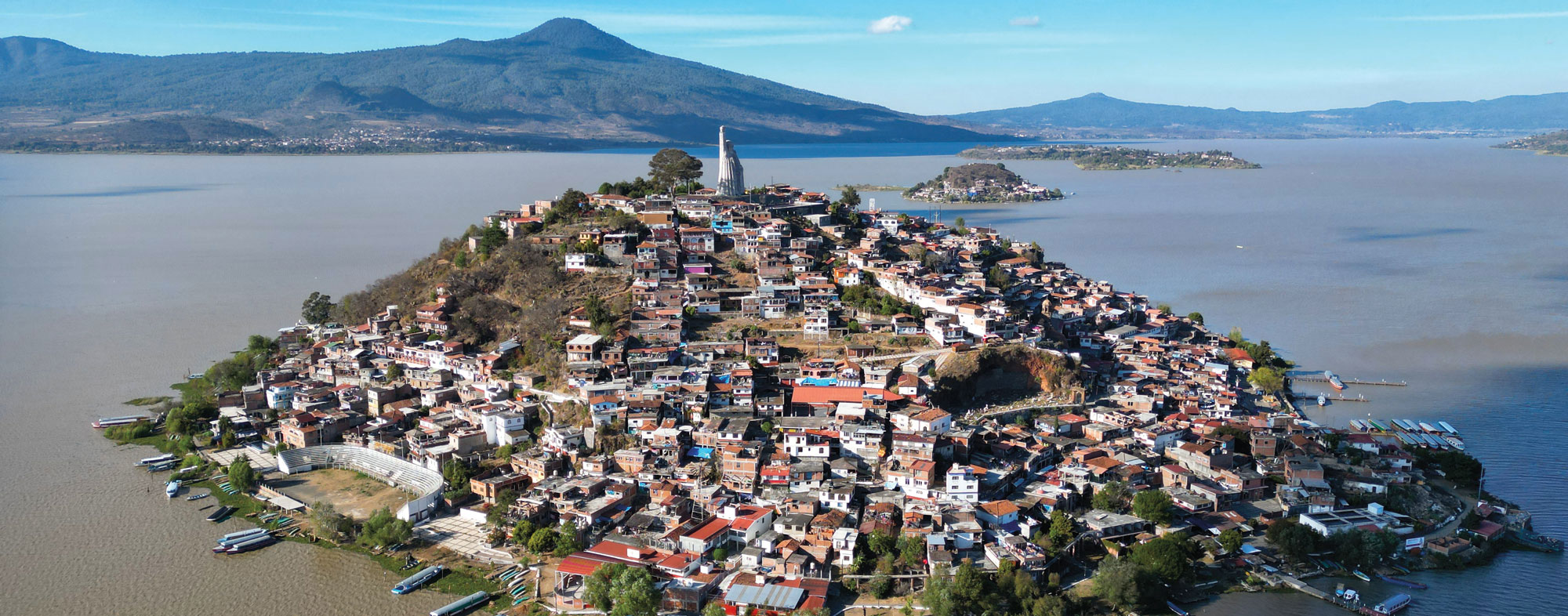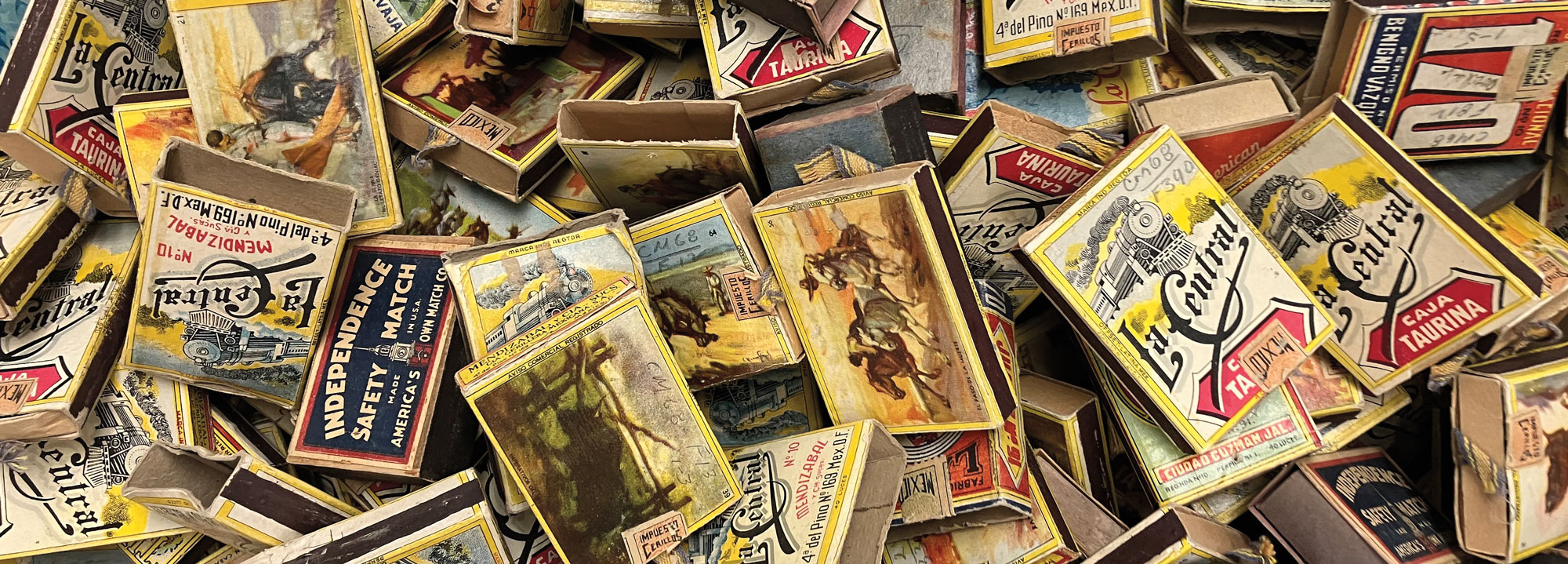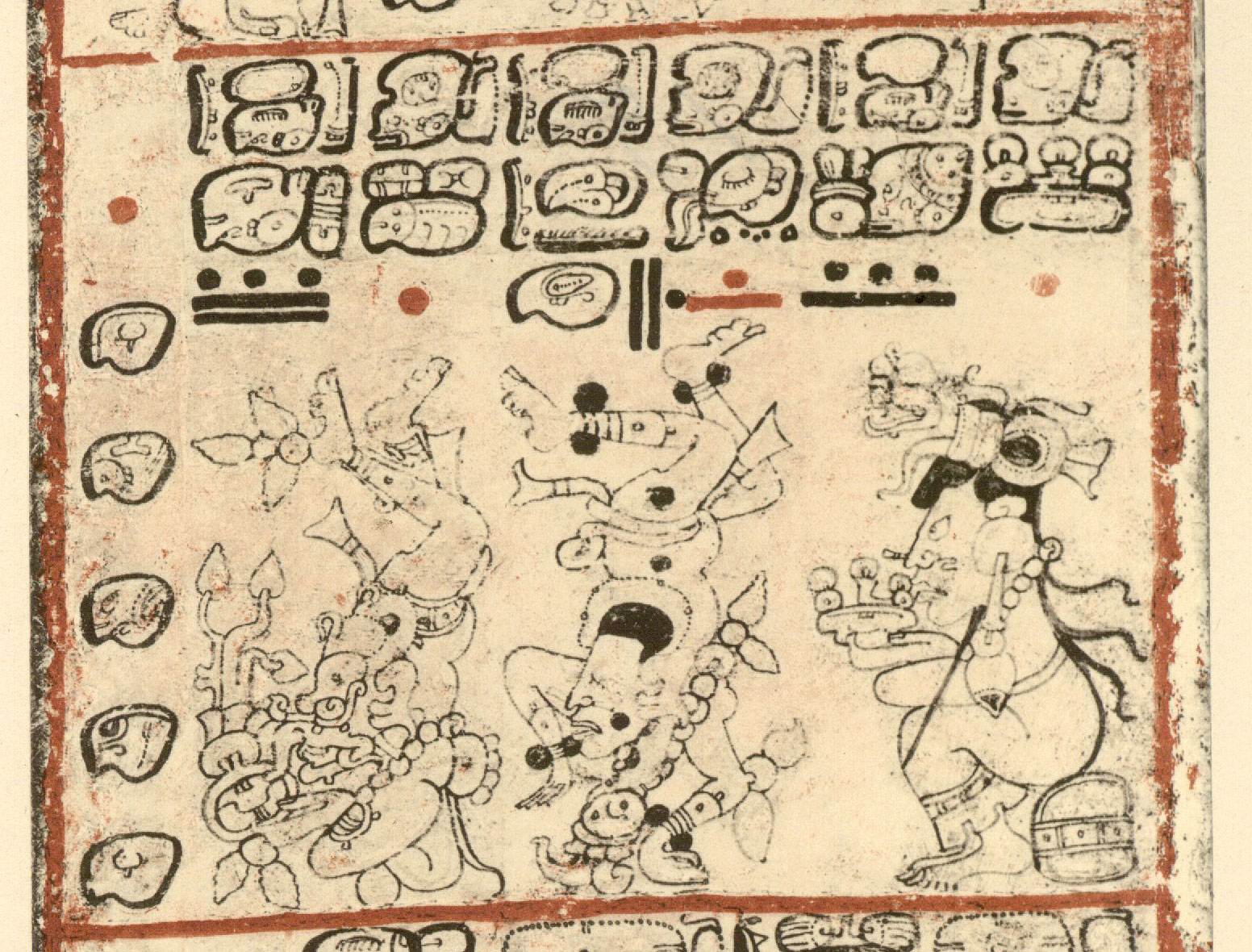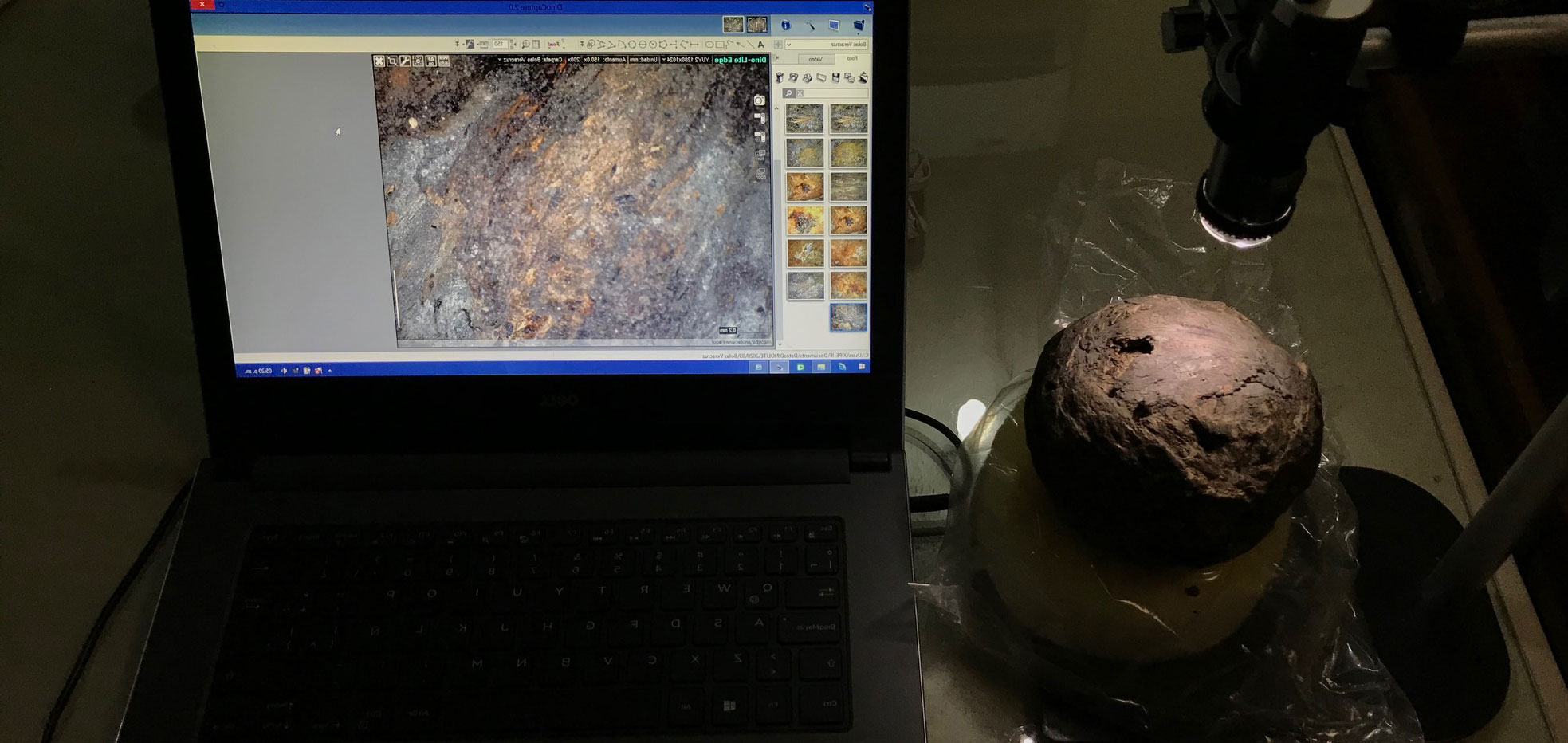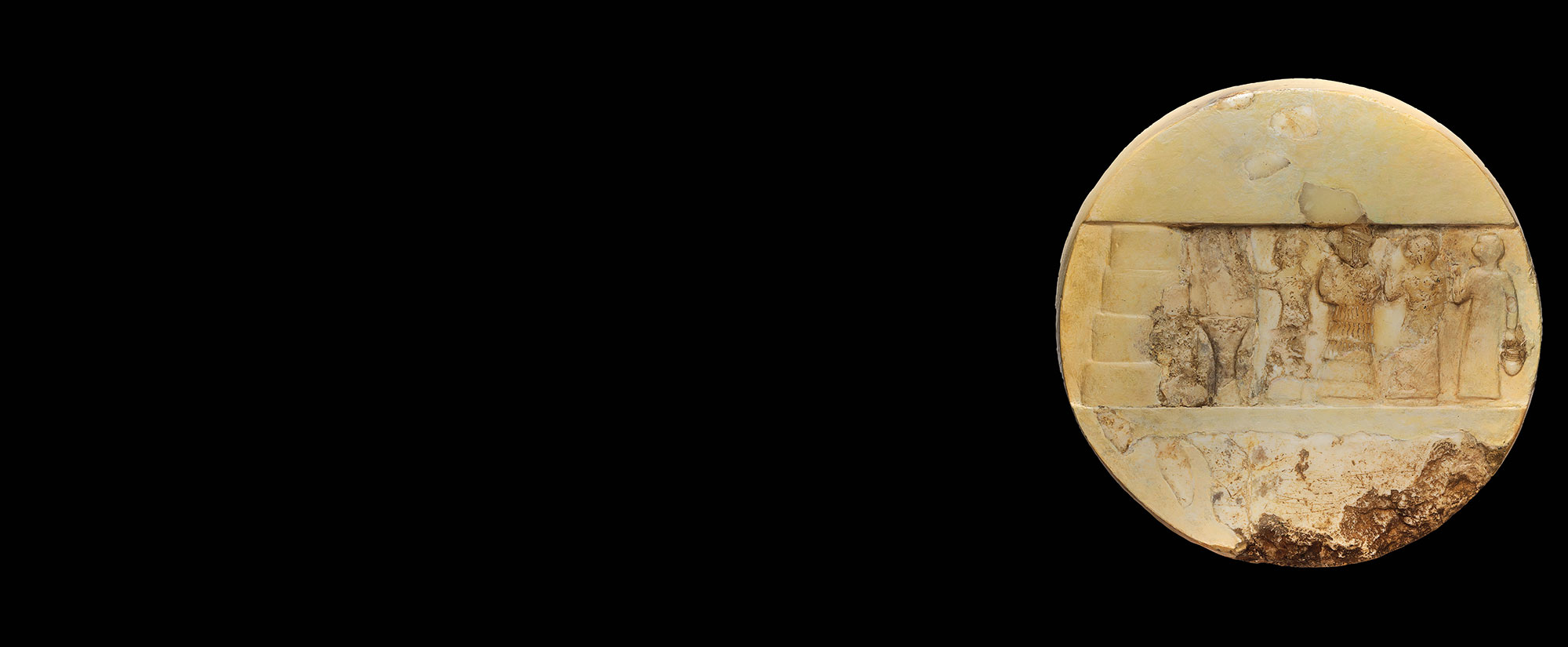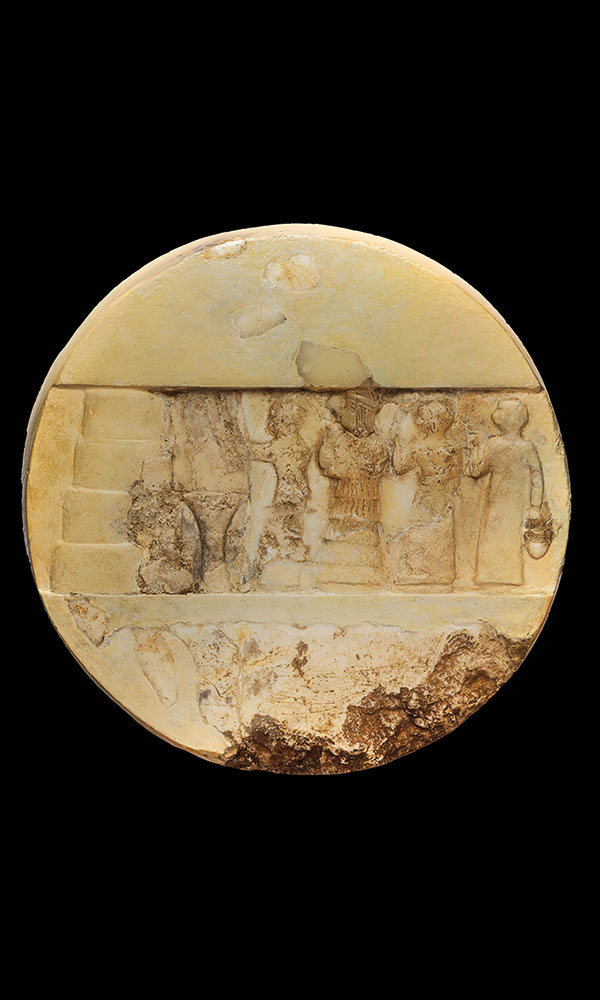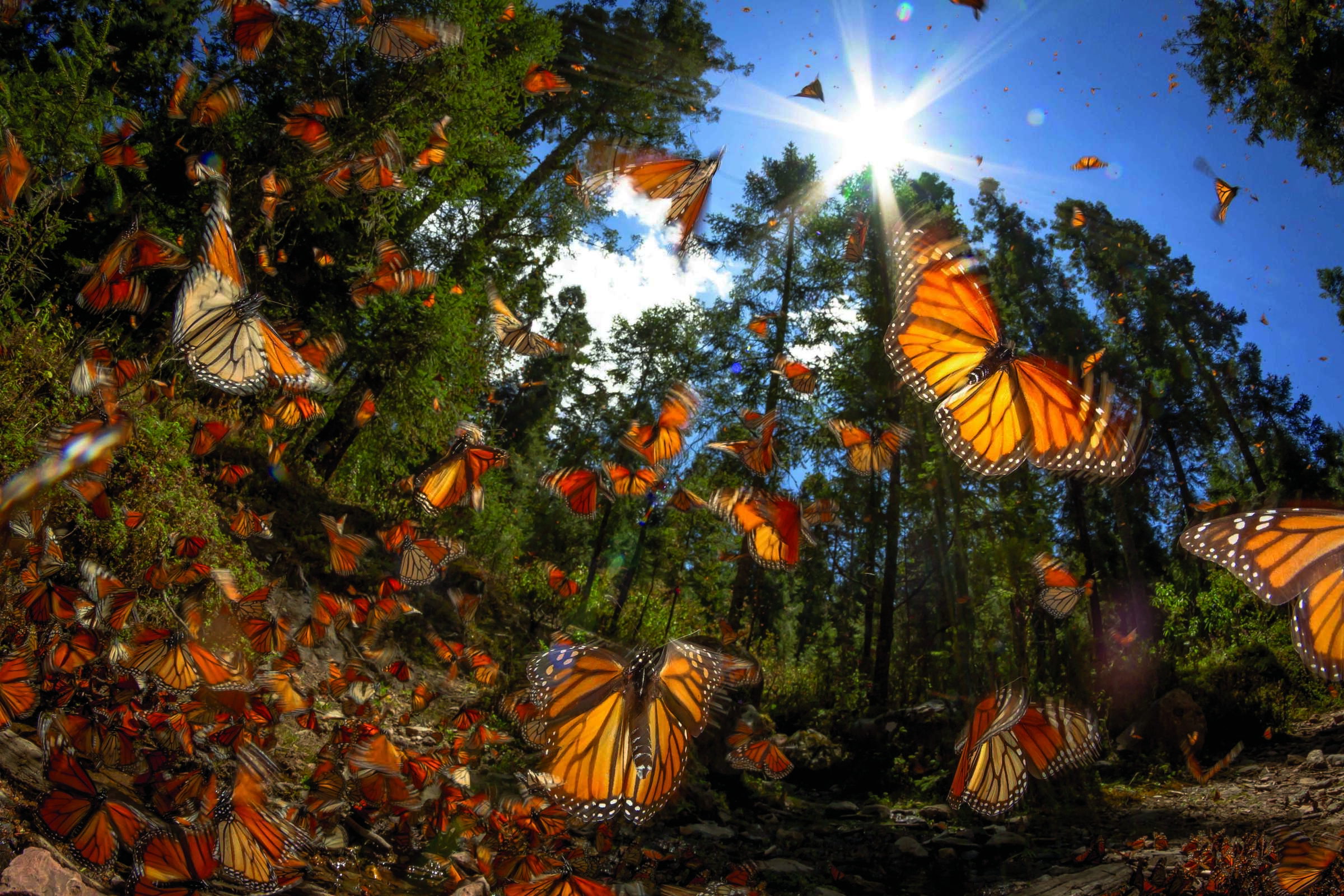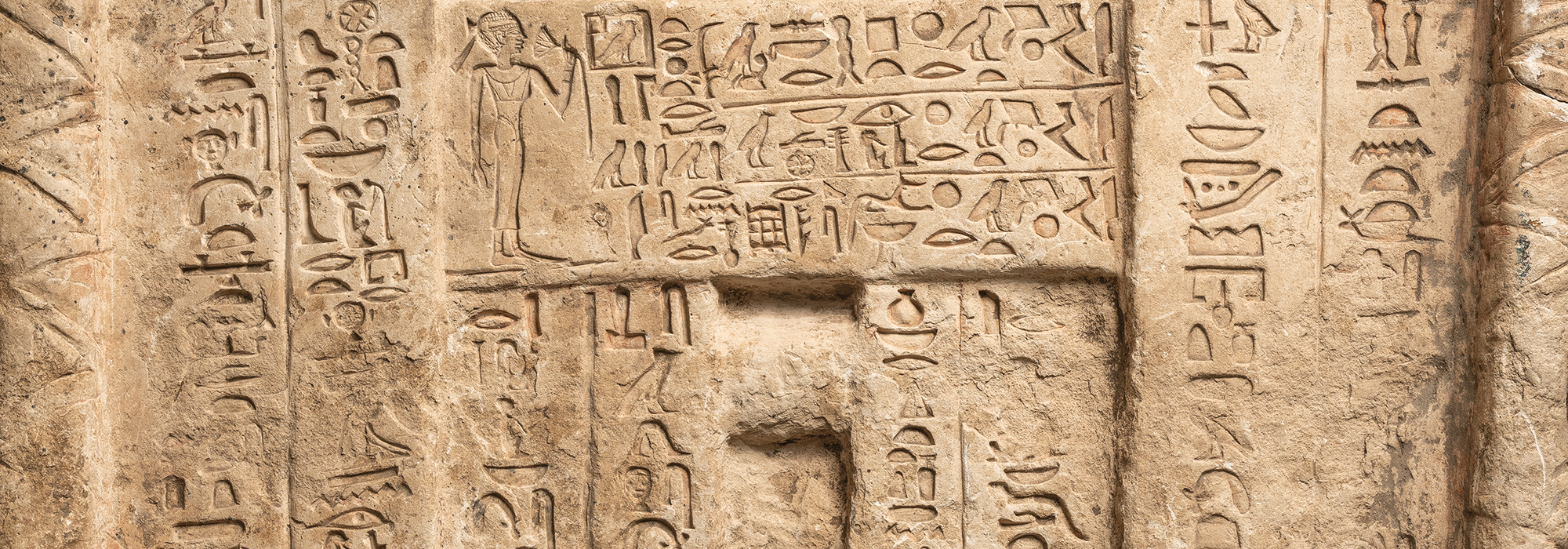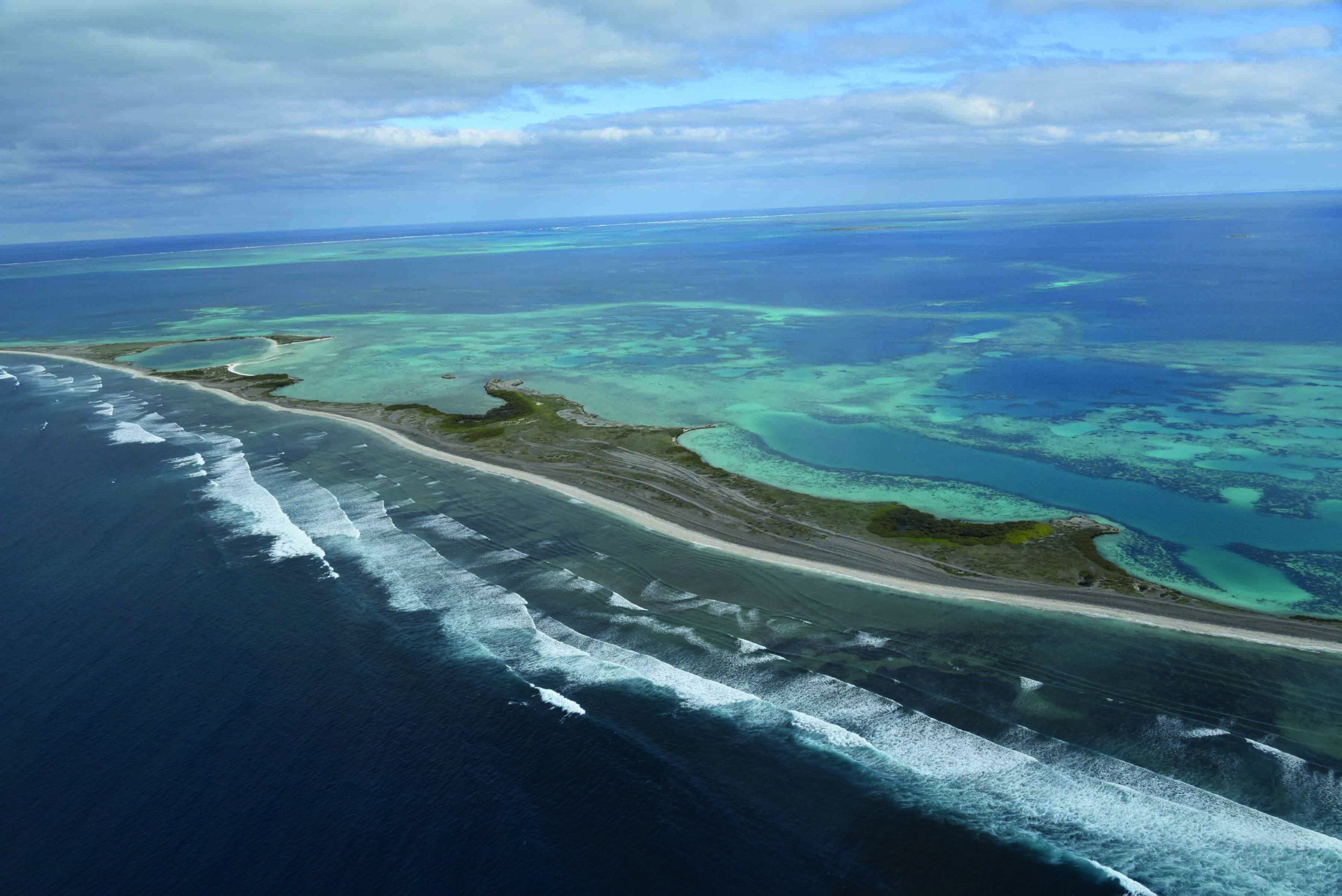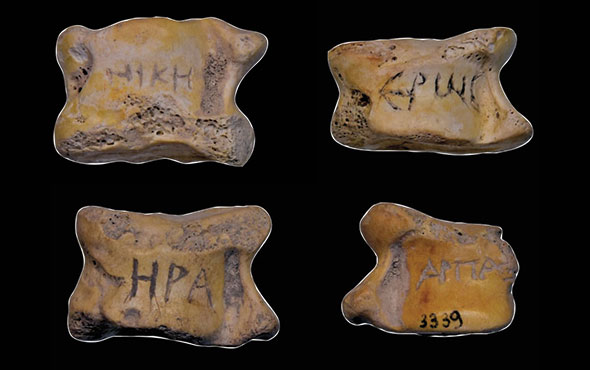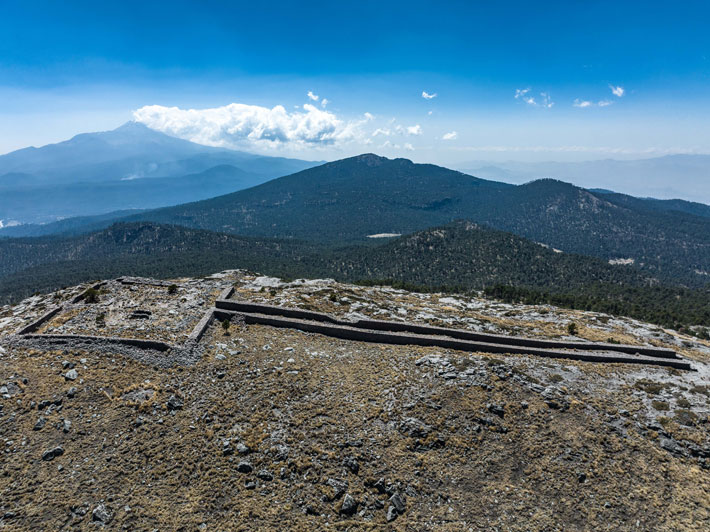
RIVERSIDE, CALIFORNIA—According to a statement released by University of California, Riverside, the Aztecs used the mountains of the Sierra Nevada, along the eastern edge of the Basin of Mexico in which Mexico City is located, as a solar observatory to track the sunrise. Detailed knowledge of the movement of the sun and the timing of the dry and monsoon seasons would have been required in order to grow enough food to feed the three million people thought to have lived in the region before the arrival of Europeans in 1519. The scientists, led by ecologist Exequiel Ezcurra, began the search for a possible observation spot in ancient Aztec texts. References to Mount Tlaloc led them to the site of a temple on the summit of Mount Tlaloc. Then, using a computer model, the researchers determined that a causeway structure at the temple aligns with the rising sun on February 24, the first day of the Aztec year. “When the sun rose at a landmark point behind the Sierras, they knew it was time to start planting,” Ezcurra explained. “The Aztecs were just as good or better as the Europeans at keeping time, using their own methods.” Read the original scholarly article about this research in Proceedings of the National Academy of Sciences of the United States of America. To read about a remarkably well-preserved collection of wooden objects recovered from the foot of the Templo Mayor in Tenochtitlan, go to "Aztec Offerings," one of ARCHAEOLOGY's Top 10 Discoveries of 2022.


